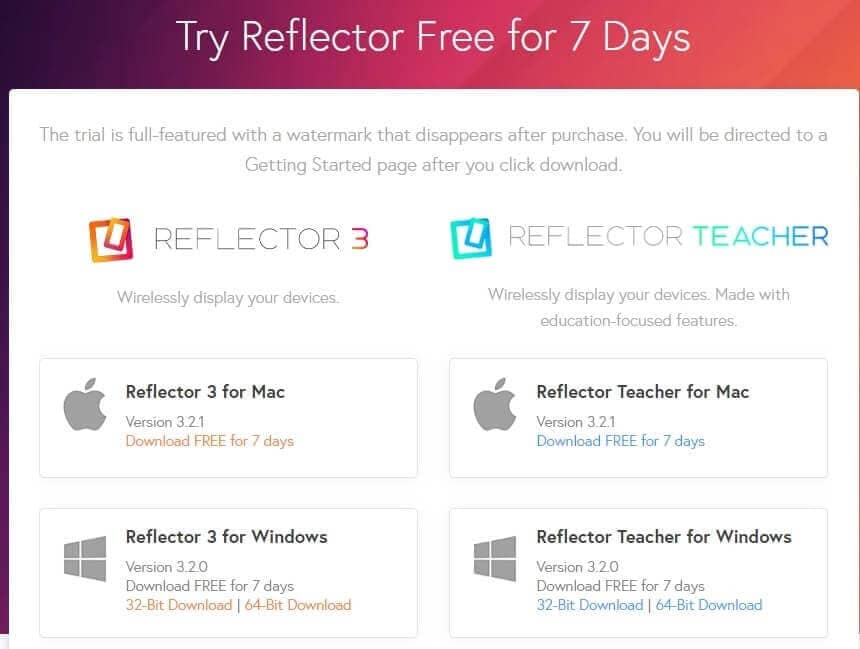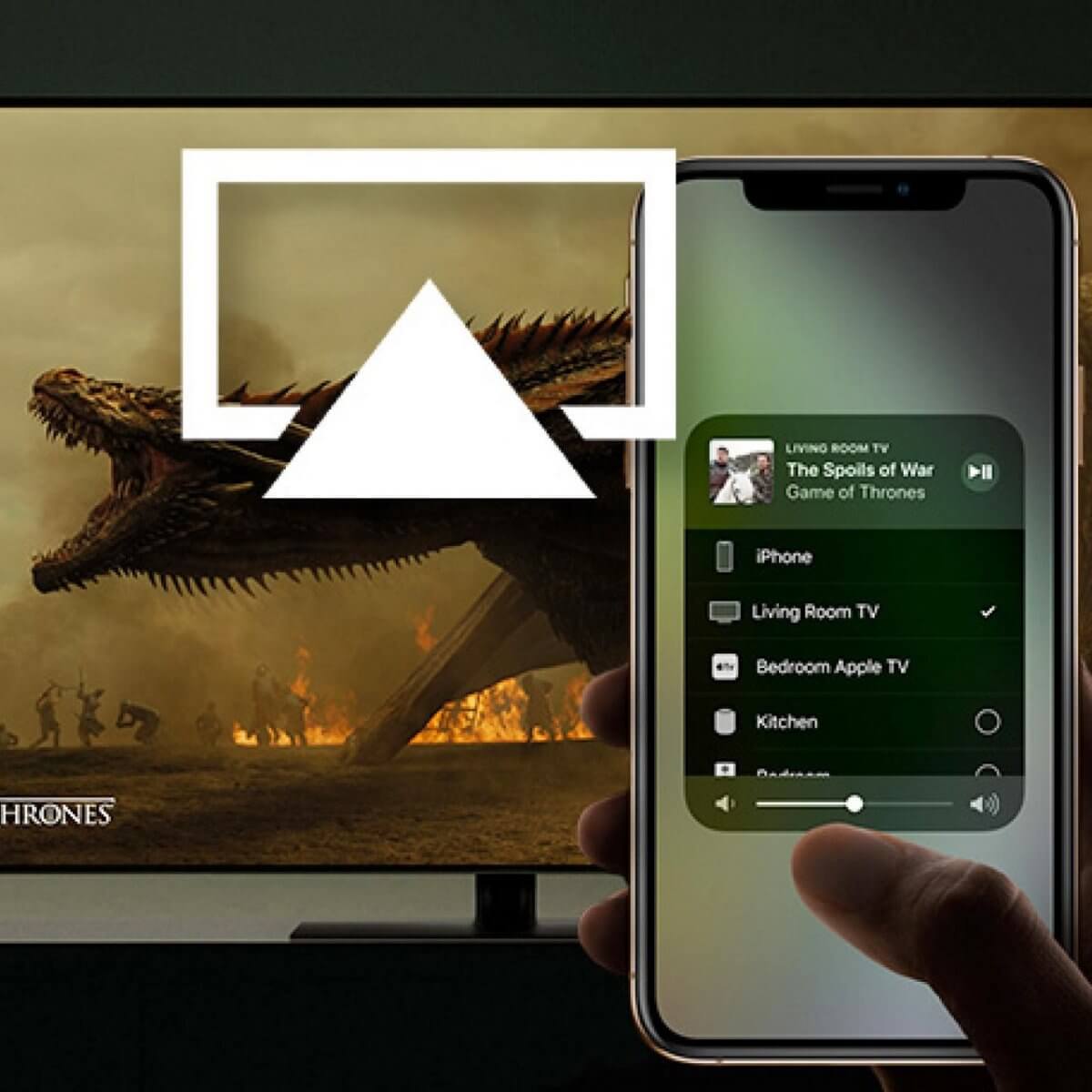


These days though, especially when it comes to TVs, HD is not so HD anymore.įull HD is the real HD, and displays with this resolution pack in about 2 million pixels.

The difference between the ‘p’ and ‘i’ is a whole different topic so we won’t go over it here. The ‘p’ is for progressive can as opposed to 720i, where the ‘i’ stands for interlaced. There were a few, but the most basic was 1280 x 720 pixels, or more commonly called 720p.

In terms of displays, HD refers to the resolution of the original HD TVs that first came around. You may even see companies use it in other areas like Sony, that sells audio equipment with HD audio support. The term has become synonymous with anything that raises the detail or quality over-and-above something that came before. As most of you already do, it means high definition. It’s thrown around attached to all kinds of words, Full HD, Ultra HD, Quad HD, etc. HD is probably the most used and misused marketing term you have ever heard of before. Let’s see what is the difference between different screen resolution sizes. However, screen resolution is perhaps one of the most important specifications of a display, especially when you’re buying something bigger than a smartphone. Other factors such as Dynamic range, color reproduction, are also very important. It alone can’t be the deciding factor between a good and a bad display. Resolution is simply one of the many factors that combine together to create a beautiful display. As a general rule, the more the merrier but that does not guarantee a higher resolution display will look better than another with a lower resolution. Even a small 5-inch phone with a 720p display packs in about a million pixels. There are often millions of these dots that make up the full picture on your device’s display. A single pixel, or a discrete picture element, is but one tiny dot on the screen. Resolution, to define simply, is the number of pixels on a display or screen. We thought we’d help clear up this confusion related to screen resolution sizes and explain what exactly is the difference between qHD and QHD, HD and Full HD, and what is 1K, 2K, 4K, 5K, and 8K.īefore you proceed, I’ll recommend you to read our detailed analysis and explanation of all aspects of smartphone display technology. This is even true when you buy laptops or PC monitors. But what do they really mean? What are 2K and 4K? Is there any difference between qHD and QHD? Is 1080p 1K? If you’re a consumer looking for a new TV, you’d be forgiven for being confused. From 6-inch smartphones to 55-inch (or even bigger) TV screens, these terms and random numbers are everywhere. You hear these terms a lot these days regarding anything that has a digital display.


 0 kommentar(er)
0 kommentar(er)
